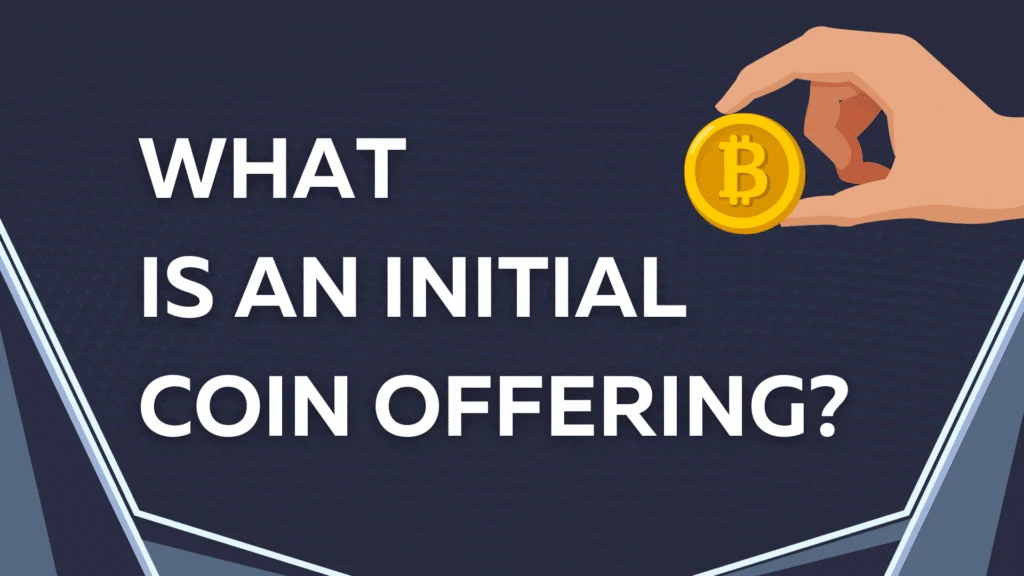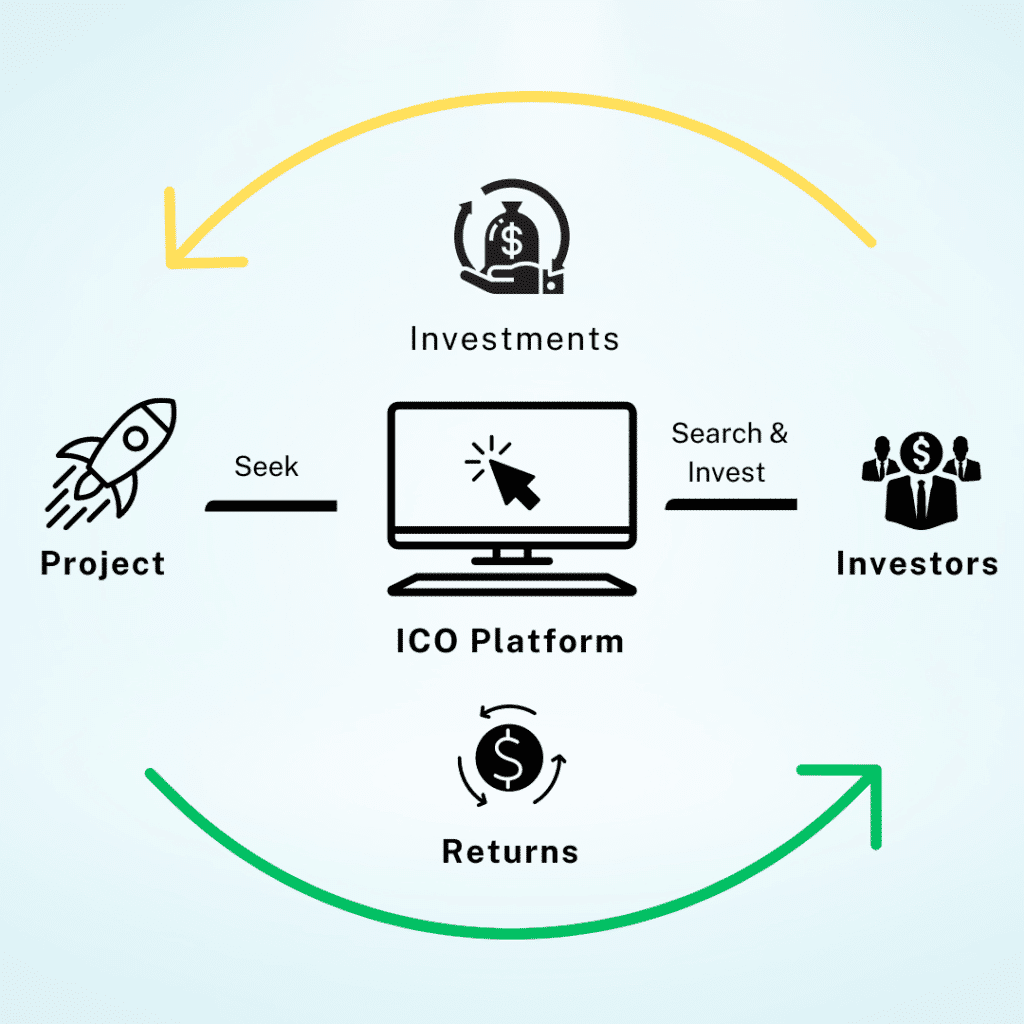What is an Initial Coin Offering?
An initial coin offering (ICO) is a funding method used by startups in the cryptocurrency industry to raise funds from investors.
The Long Definition
An ICO, commonly referred to as a presale, is a crowdfunding method in the crypto industry. It is typically used by startups looking to create goods and services related to crypto. It involves selling the project’s coins to investors before the launch of the project or during the early stages. This is done with the goal of raising the capital needed to fund the project.
This makes it the crypto equivalent of an initial public offering (IPO) in the business world. The key differences here are that while an IPO uses shares, an ICO uses crypto coins/tokens. An ICO is sometimes also used by projects in their early stages. That isn’t the case with IPOs.

How Does an ICO Work?
ICOs are typically used by startups who don’t have the initial capital to fund their projects. They can be public or private.
A public ICO targets the general public. It allows anyone interested in the project to become an investor. On the other hand, a private ICO is offered only to a limited group of investors. The company invites certain investors to take part in the offering. These are usually high-net-worth individuals and/or institutions.
Generally, though, the process of creating an ICO can be broadly divided into five sections.
- First, the blockchain-based startup determines its funding targets.
- Based on its target, they structure the coin. This involves deciding on the quantity and price of tokens to be minted.
- At the same time, the startup creates the white paper. This is a pitchbook that gives potential investors important information about the token, project, and ICO campaign.
- The startup then runs a promotion campaign. This is aimed at attracting potential investors. It involves releasing the white paper and other relevant material that may sell the project to investors.
- Finally, the project’s native tokens are minted and offered to investors, who pay in fiat or a more stable and better-established cryptocurrency like Bitcoin or Ether.
The project can only hope that they raise the required capital at the end of their offering. If the money raised falls short of their targets, the funds may be returned to investors.
Note that most investors aren’t contributing ‘out of the good of their hearts.’ It’s not for nothing – there is a profit motive. When an investor buys ICO tokens, they do so with the hope that the token’s price will increase and thus, provide a return on their investment.

Why are they important?
Because building crypto projects can be costly, so many projects look to outside sources for capital. This is where ICOs come in. They provide an easy way to raise capital. By minting and selling its tokens to investors, a startup can get all the money it requires to fund its projects. They also allow crypto startups to raise funds without giving up equity.
The ICO Boom of 2017
The first ICO was held by a crypto project called Mastercoin in 2013. A year later, Ethereum became the first truly successful ICO. The then-young crypto project sold fifty million ether (ETH) at $0.311 each. This allowed it to raise around 31,000 BTC, worth approximately $18.3 million at the time.
However, ICOs didn’t really take off until 2017. By this time, crypto projects were popping up almost every day, thanks in part to the platform provided by Ethereum. Given how easy it is to mint crypto tokens, most of these turned to ICOs to raise capital.
In total, several hundred token issuances raised around $5.4 billion. Notable projects from this period include;
- Kik: A messaging app developer that raised $100 million.
- Brave: A new web browser that raised $35 million in less than 30 seconds. It is still going strong to this day.
- Filecoin: Raised $200 million within the first hour of their ICO. In total, the project raised $257 million.
- Tezos: A proposed smart contract platform by the Tezos Foundation that raised $232m from its ICO.
Despite this boom, most projects launched during this period either failed or turned out to be scams. This brought the practice under some legal scrutiny.
ICO legal status
The legal status of ICOs is not clear in most countries. Some, however, have banned ICOs completely. Regulators in China and South Korea decided to prohibit ICOs after investors lost money in the collapse that followed the ICO boom of 2017.
In the US, regulations are still in the works. There are discussions as to whether tokens sold in ICOs resemble securities. According to the Securities and Exchange Commission (SEC), if a digital asset sold in an ICO has the characteristics of a security, it falls under US securities laws.

What to watch out for when looking at an ICO
With current technology, it doesn’t take much to mint a token and launch an ICO. This makes ICOs a favorite tool for scammers and frauds. Therefore it’s important to do your own research (DYOR) before buying into an offering. You want to:
- Research the founders’ credentials: Have they created successful businesses before? Have they been involved in fraudulent projects before? The crypto community doesn’t forget. It knows who’s who in the industry. So, make sure to ask around in crypto forums on Reddit and Discord if you’re unsure about the team’s credibility.
- Read the white paper: The white paper will tell you everything you need to know about the project in the founders’ words. Generally, you want a promising but realistic vision. If it sounds like a pipedream, it probably is.
